Invasive species are non-native organisms that cause significant harm to the environments they invade. They can disrupt ecosystems, outcompete native species, and lead to extensive economic and environmental damage. Addressing the threat of invasive species is crucial for preserving North America’s biodiversity and natural resources. Let’s explore eight of the most destructive invasive species that have established themselves across the continent.
Feral Swine (Sus scrofa)
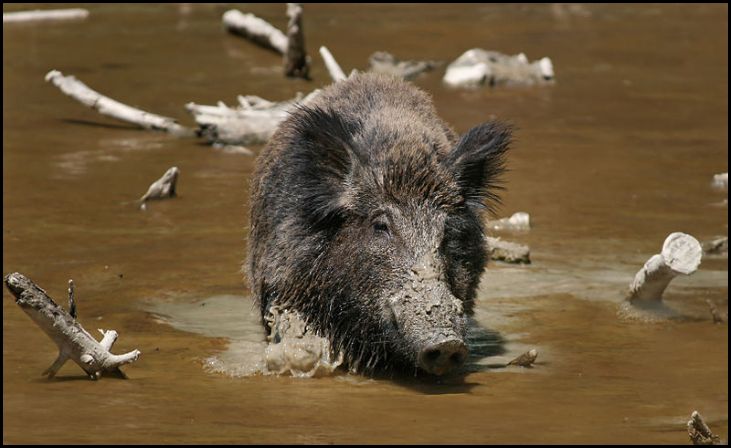
Feral swine, also known as wild hogs, originated from parts of Europe, Asia, and North Africa. They were first introduced to the United States by European settlers in the 1500s for food and later for sport hunting. Today, feral swine are estimated to number at least six million, spread across 35 states. These destructive animals cause extensive damage to crops, forests, and native wildlife. They root up soil, destroy vegetation, and can carry diseases that threaten livestock and other animals.
Burmese Pythons (Python bivittatus)
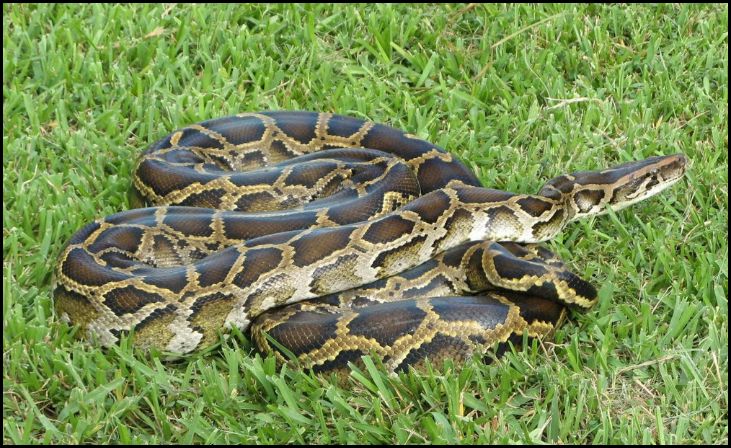
Burmese pythons, native to Southeast Asia, were imported to the U.S. for the exotic pet trade. Many were released into the wild, either intentionally or accidentally, and have since established large populations in Florida’s Everglades. These massive snakes can grow up to 20 feet long and have a devastating impact on local wildlife. They prey on a wide variety of animals, including birds, mammals, and even alligators, leading to significant declines in native species.
Domestic Cats (Felis catus)

While beloved as pets, domestic cats have become a problematic invasive species in North America. Introduced by European settlers, feral and free-roaming domestic cats now number in the tens of millions. These efficient predators kill billions of birds and small mammals annually, contributing to the decline of many native species. Their impact on wildlife has sparked considerable debate about the need for more stringent management and control measures.
European Starlings (Sturnus vulgaris)
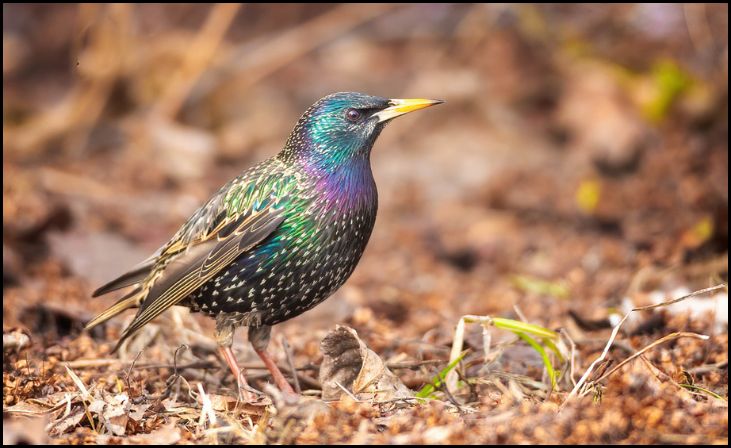
European starlings were introduced to North America in the late 19th century by Shakespeare enthusiast Eugene Schieffelin, who released them in New York City’s Central Park. Today, starlings are found across the continent, with populations estimated in the hundreds of millions. They cause significant agricultural damage by consuming and contaminating crops. Additionally, they outcompete native birds for nesting sites and food, leading to declines in native bird populations.
Nutria (Myocastor coypus)
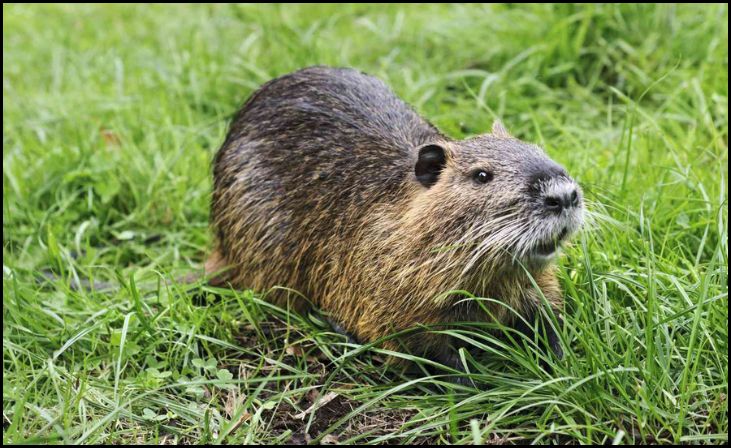
Nutria, also known as coypu, are large, semi-aquatic rodents native to South America. They were brought to the U.S. for the fur trade in the early 20th century but escaped or were released into the wild. Nutria have spread across the southern United States and the Pacific Northwest. These prolific breeders cause extensive damage to crops, wetlands, and infrastructure. Their burrowing activity weakens levees and irrigation systems, and their feeding habits destroy aquatic vegetation and disrupt ecosystems.
Asian Carp (multiple species)
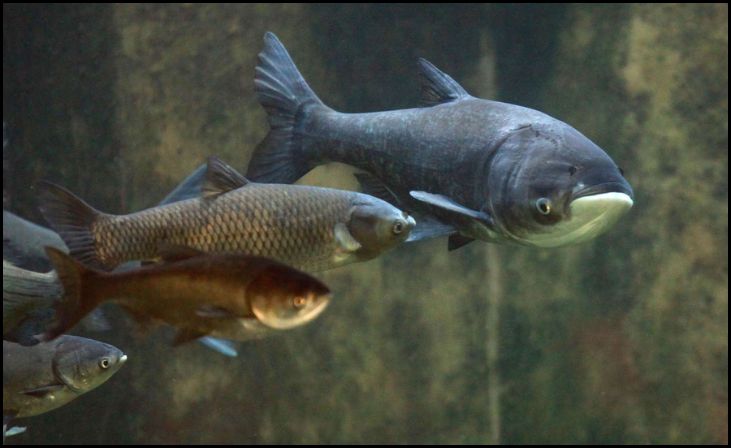
Asian carp, including species such as bighead, silver, and black carp, were introduced to the United States in the 1970s to control algae in aquaculture and wastewater treatment ponds. However, they escaped into the wild and have since invaded many of the country’s waterways. These voracious eaters outcompete native fish for food and habitat, severely impacting local ecosystems. Some species, like the silver carp, are known for their tendency to leap out of the water when disturbed, posing a danger to boaters.
Gypsy Moths (Lymantria dispar)
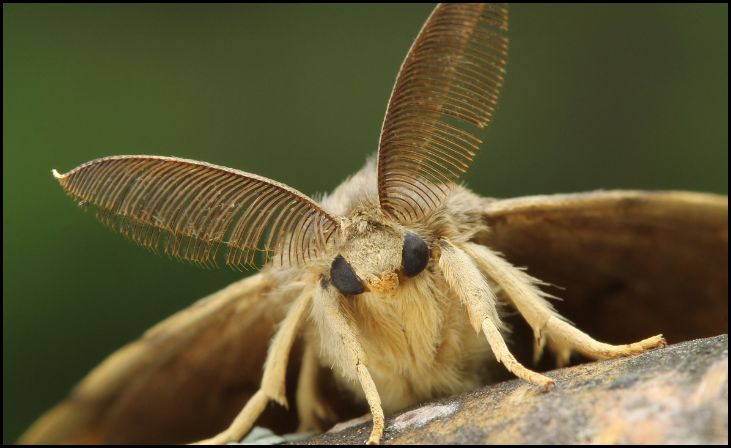
Gypsy moths were accidentally introduced to North America in the late 1860s by French artist Étienne Léopold Trouvelot. Since then, they have spread throughout the northeastern United States and into Canada. Gypsy moth caterpillars are voracious feeders, capable of defoliating entire forests. This defoliation weakens trees, making them more susceptible to diseases and other pests. The loss of foliage also disrupts habitats for many forest-dwelling species.
American Bullfrog (Rana catesbeiana)
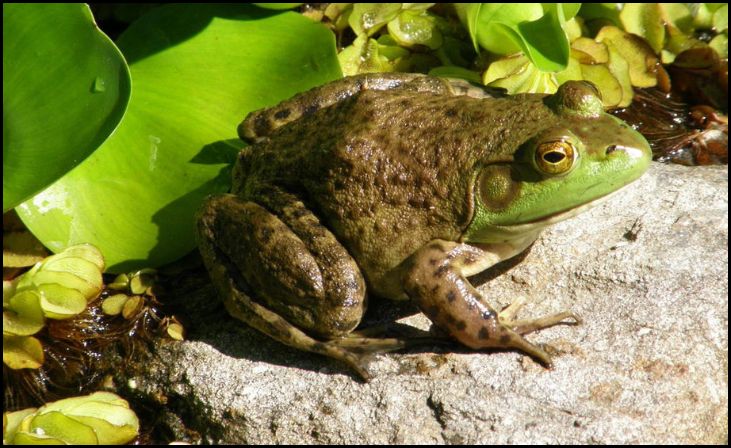
The American bullfrog is native to eastern North America but has been introduced to many other parts of the continent for food and as a game species. In areas where they are not native, bullfrogs become invasive and cause significant ecological disruption. They are large, aggressive predators that prey on native amphibians, insects, and small animals. Their presence often leads to declines in native frog populations and other sensitive species.

